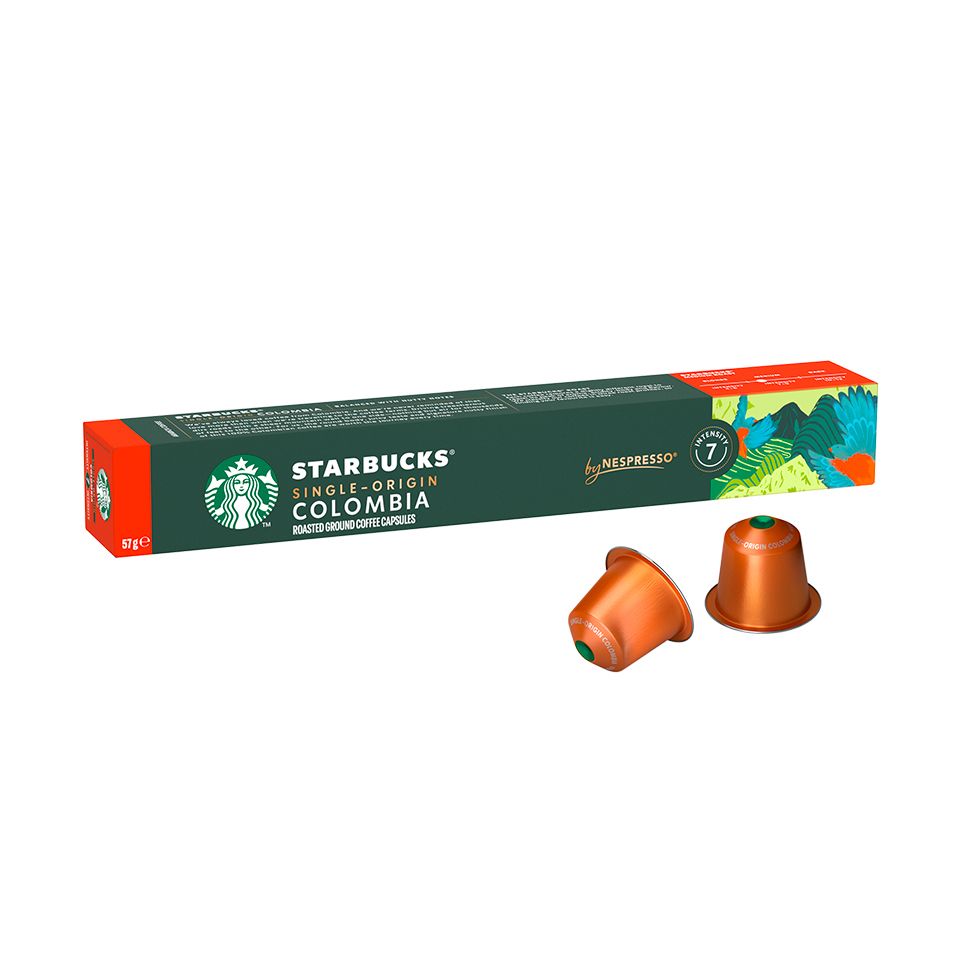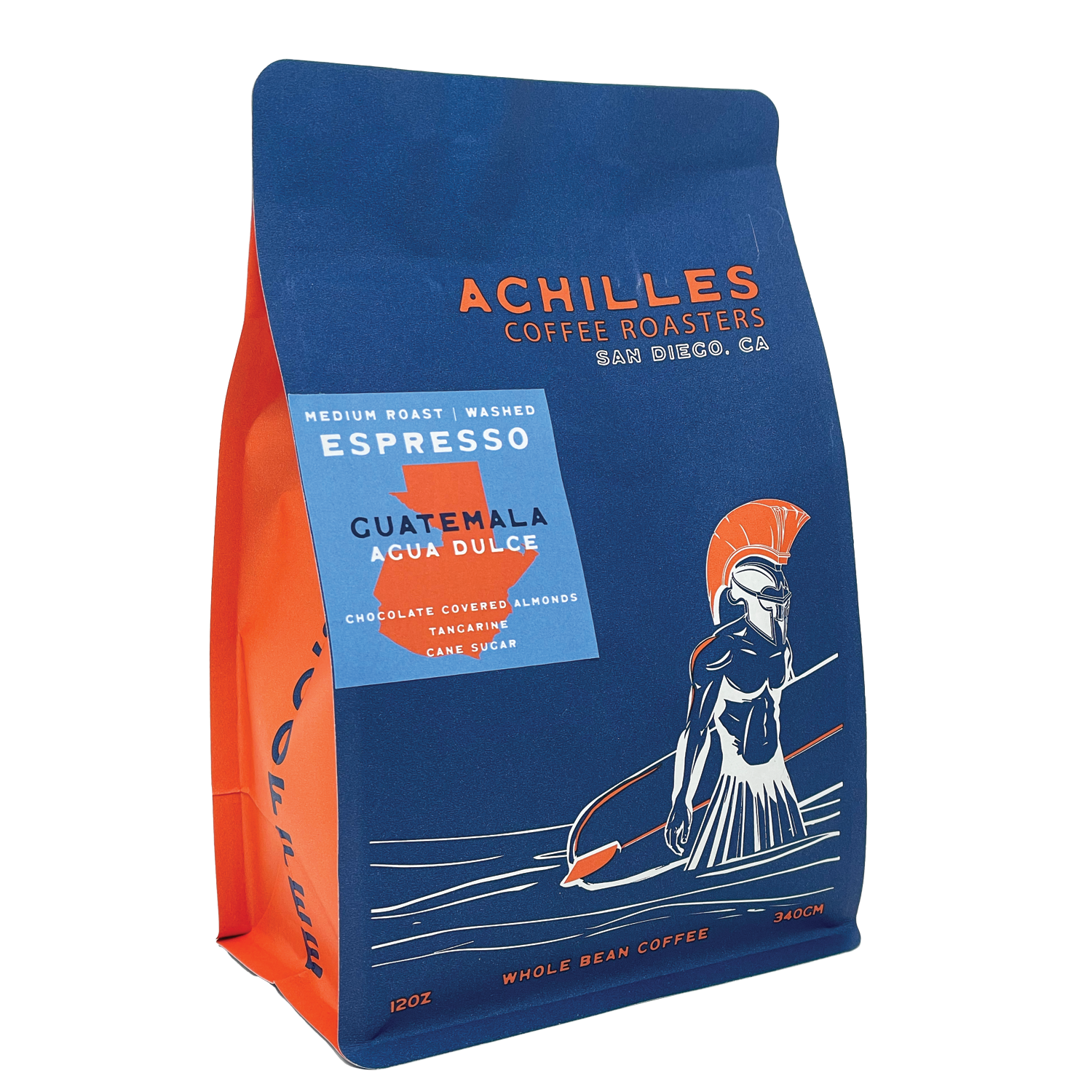Experience the True Quality with Freshly Roasted SOE Single Origin Espresso
Experience the True Quality with Freshly Roasted SOE Single Origin Espresso
Blog Article
Coffee Beans 101: Every Little Thing You Required to Learn About Coffee and Blended Coffee Beans
When it comes to coffee, recognizing the nuances of espresso and mixed beans can change your day-to-day mug. From the growing process to roasting methods, every action plays a role in your coffee experience.
Understanding Coffee Beans: Types and Ranges
When diving right into the world of coffee, understanding the types and varieties of coffee beans is necessary for every single enthusiast. You'll mainly come across 2 main varieties: Arabica and Robusta. Arabica beans are recognized for their smooth, intricate tastes and lower caffeine material, making them a preferred amongst coffee connoisseurs. On the other hand, Robusta beans pack a punch with a stronger, much more bitter taste and higher caffeine levels, often used in espresso blends.
Ethiopian Yirgacheffe uses brilliant floral notes, while Colombian beans give a well-balanced taste profile. By acquainting yourself with these beans and their tastes, you'll raise your coffee experience and make even more informed selections in your brewing trip.
The Growing Refine: From Seed to Bean
When you explore the journey of coffee, all of it begins with seed selection strategies that set the foundation for top quality. From there, cultivation and harvesting play essential functions in making sure the beans prosper. Finally, handling approaches transform those collected cherries into the coffee beans you like.
Seed Selection Methods
Picking the best seeds is important for generating premium coffee beans, as it lays the structure for the entire expanding process. You ought to begin by picking seeds from credible resources that prioritize high quality and hereditary variety. Look for ranges recognized to thrive in your particular environment and dirt problems. Pay focus to the seed's age and storage conditions, as fresh seeds have a tendency to germinate much better. When possible, go with natural seeds to lessen exposure to harmful chemicals. Think about the condition resistance of different selections, as this can significantly influence your return. Don't be reluctant to consult with local farmers or experts to gain insights right into the ideal seed alternatives for your area. This expertise will certainly boost your coffee-growing experience.
Cultivation and Harvesting
As you nurture your coffee seeds right into growing plants, recognizing the growing and harvesting procedure is crucial for attaining the very best taste and quality. Start by planting your seeds in well-draining soil, preferably in a shaded location to safeguard them from straight sunlight. As your plants expand, preserve consistent wetness, and bear in mind their need for nutrients. Trim routinely to advertise air flow and healthy and balanced growth.
When it comes time to harvest, seek ripe cherries, which commonly turn a vivid red. Hand-picking is typically the very best technique to assure only the ripest cherries are picked. Timing is vital; harvesting prematurely or as well late can influence the flavor account of your beans. Embrace persistence and treatment, as this is where quality begins.

Handling Methods Clarified
Once you have actually harvested your coffee cherries, the following important action is processing them to change those vivid fruits into the beans you'll brew. There are two primary techniques: the wet process and the dry process. In the dry process, you spread out the cherries out in the sunlight to completely dry, enabling the fruit to ferment and present special tastes to the beans. On the other hand, the wet process includes removing the fruit instantly and fermenting the beans in water, leading to a cleaner preference. After handling, the beans are hulled, arranged, and normally dried once again. Each technique influences the flavor account, so try out both can help you discover your favorite mixture. Recognizing these approaches is crucial to appreciating your coffee experience.
Roasting Methods: Exactly How Flavor Is Developed
When it comes to roasting coffee beans, comprehending roast levels is crucial to disclosing their special flavors. Each roasting technique impacts the aroma and boosts the flavor growth process, providing you a richer coffee experience. Let's explore how these factors integrated to boost your day-to-day mixture.
Roast Degrees Clarified
Roast levels play a necessary function in forming the taste account of your coffee. By recognizing these degrees, you can better choose a coffee that matches your taste preferences. Experiment with different roasts to find which one reverberates with you, boosting your overall coffee experience and pleasure.
Effect On Fragrance
The roast degree not just affects the preference of your coffee however additionally considerably influences its aroma. Each roasting method releases various unpredictable substances, shaping how your coffee scents. In addition, the quality of the beans plays a critical duty; fresh baked coffee launches much more aromatic oils, enhancing that enticing scent.
Taste Growth Refine
As you discover the taste development procedure, you'll discover that toasting methods play a vital function in shaping the preference profile of your coffee. The toasting temperature level and time directly affect the level of acidity, sweetness, and anger of the beans. Light roasts maintain more of the bean's initial tastes, highlighting fruity and flower notes. Tool roasts balance level of acidity and body, providing a well-rounded taste. Dark roasts, on the other hand, highlight strong, great smoky qualities while diminishing the bean's intrinsic qualities. Throughout roasting, chain reactions, like the Maillard reaction and caramelization, change the beans and improve their complexity. Explore different roasting degrees can help you locate your best mixture, so don't hesitate to taste and find the rich range of flavors!
Espresso vs. Blended Coffee: Secret Differences
Coffee and mixed coffee each offer unique experiences that accommodate different preferences and preferences. Coffee is a concentrated coffee made by requiring warm water through finely-ground coffee beans, leading to an abundant, vibrant flavor and a velvety layer of crema on the top. It's often taken pleasure in as a shot or made use of as a base for drinks like cappuccinos and lattes.
On the other hand, mixed coffee integrates different beans from different regions, producing a much more balanced flavor profile. You'll frequently discover blends that highlight acidity, sweet taste, or body, making them versatile for different developing techniques. While espresso concentrates on strength, mixed coffee might provide a broader series of flavors that can alter with each sip.
Ultimately, your hop over to here option in between espresso and combined coffee boils down to your personal choice. Whether you hunger for a leisurely cup or a quick shock, both choices have something tasty to provide.

Developing Approaches: Opening the Perfect Mug
When it concerns developing coffee, finding the right approach can transform your experience and elevate your cup. Each developing method has its distinct appeal and can significantly influence your coffee's flavor and scent. Making use of a French press enables you to enjoy a full-bodied and rich mixture, while a pour-over technique provides a tidy, bright mug with distinctive tastes.
If you prefer coffee, spending in a quality device can assist you understand the art of drawing shots. Additionally, for benefit, a single-serve pod system uses rate without compromising taste.
Don't forget chilly read what he said brew, which provides a smooth, less acidic coffee ideal for warm days. Experiment with different techniques to uncover what reverberates with your taste buds. Each developing technique opens a new globe of opportunities, so take the time to explore and find your perfect mug. Pleased developing!
Tasting Notes: Identifying Taste Profiles
Exactly how can you truly appreciate your coffee if you don't understand what flavors to try to find? Tasting notes are your guide to recognizing the complicated globe of coffee. When you sip, take note of the preliminary tastes that strike your taste. You may identify fruity notes, like berry or citrus, or probably a nutty undertone. As you remain to taste, see just how the flavors advance-- this is recognized as the "surface." Some coffees might leave a chocolatey or sugar aftertaste, while others might have a brilliant, tidy coating.
Consider the body of the coffee, also; is it light and airy or thick and syrupy? Don't neglect acidity; an intense level of acidity More Bonuses can add vigor, while a low level of acidity could provide a smoother experience. By recognizing these flavor accounts, you'll deepen your connection with each mug, making coffee tasting a fascinating journey of exploration.

Tips for Selecting and Storing Coffee Beans
Keeping and selecting coffee beans correctly can substantially boost your brewing experience. Start by choosing top notch beans that match your preference - SOE.
Once you have your beans, store them in a closed container to avoid exposure to air, light, and dampness. A dark, trendy place functions best, so stay clear of maintaining them in the refrigerator or fridge freezer, as this can present dampness. Just grind the quantity you require to preserve quality; entire beans retain taste longer than pre-ground coffee.
Finally, try to use your beans within two to 4 weeks after opening up for peak taste. Adhering to these ideas will certainly assure your coffee remains pleasurable and tasty, elevating your everyday brew to new heights.
Regularly Asked Concerns
The Length Of Time Do Coffee Beans Remain Fresh After Roasting?
Coffee beans remain fresh for regarding two weeks after roasting - SOE. You should store them in a closed container, far from light and dampness. Afterwards, their flavor and aroma start to decrease substantially

Can I Mix Different Coffee Bean Varieties?
Absolutely, you can blend various coffee bean ranges! Try out blends can enhance flavors and produce a distinct taste profile. Simply make certain to balance the staminas and characteristics of each range for the very best results.
What Is the Perfect Work Size for Coffee?
For espresso, you'll desire a great grind size, concerning the structure of salt. This enables suitable extraction, resulting in a rich, savory shot. Experiment a little bit to locate what suits your preference best!
How Does Altitude Affect Coffee Bean Flavor?
Altitude impacts coffee bean flavor by affecting the development rate and chemical structure. Greater altitudes cause slower maturation, which boosts acidity and complexity, providing your coffee a unique and vivid taste you will not neglect.
Exist Decaffeinated Variations of Espresso Beans?
Yes, there are decaffeinated versions of coffee beans. You can appreciate a rich espresso flavor without the high levels of caffeine kick. Just seek "decaf" blends at your regional coffeehouse or specialized store.
Coffee Beans 101: Whatever You Required to Know Concerning Espresso and Blended Coffee Beans.
When diving right into the globe of coffee, comprehending the kinds and varieties of coffee beans is essential for every enthusiast.When it comes to toasting coffee beans, comprehending roast levels is key to exposing their distinct tastes. Espresso is a concentrated coffee made by forcing hot water through finely-ground coffee beans, resulting in an abundant, strong flavor and a creamy layer of crema on top.On the other hand, combined coffee integrates various beans from various regions, creating a much more well balanced flavor account.
Report this page